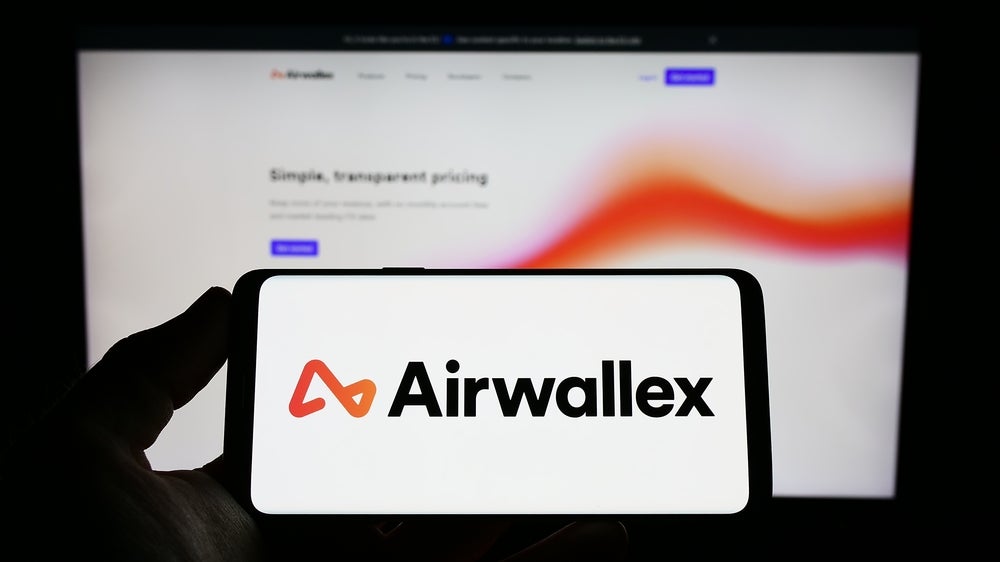A recent speech from the governor of
Malaysia’s central bank highlights the benefits that Malaysia can
reap from increased usage of electronic payment channels, including
greater consumption and enhanced financial services. Victoria
Conroy reports.
Electronic-based payment systems can generate annual savings of
up to 1 percent of the gross domestic product (GDP), Bank Negara
Malaysia’s governor Tan Sri Dr Zeti Akhtar Aziz stated in a recent
speech at the Mobile Digital Signature Symposium.
According to Aziz, research showed that electronic-based payment
systems could become a catalyst for promoting increased consumption
spending while enhancing financial services to the unbanked
communities.
“This not only promotes, for instance, the opening of bank
accounts among the target group. It also enables them to enjoy a
lower cost of financial services and a better means of saving, thus
benefiting the economy as a whole,” she said in at the opening of
Mobile Digital Signature Symposium 2008 here. Aziz said as
electronic payment channels become more easily accessible,
user-friendly and cheaper, it provided an opportunity to shift the
remittance flow from informal to formal channels.
“Being a strategic tool to achieve higher economic growth,
electronic payment increases operational efficiency and
productivity levels through expedient payments and receipts of
funds,” she added. “Accelerating the country’s migration to
electronic payments has therefore become a part of Malaysia’s
larger national agenda to increase the efficiency of payment
systems and ultimately help improve the competitiveness of the
economy.”
Cash payments in Malaysia still account for a large portion of
the number of transactions in the economy, but Aziz said it is
expected that cash usage will level off and stabilise with the
increased use of electronic means of payments. “Credit cards, ATM
cards, debit cards including the e-purse application embedded in
the MyKad are among the card payments possibilities. The increased
use of cards is an international trend and is expected to gain
significance in Malaysia. Giro transfers, other credit transfers
and direct debit are also gaining significance. Internet banking
has also begun to experience stronger growth.”
How well do you really know your competitors?
Access the most comprehensive Company Profiles on the market, powered by GlobalData. Save hours of research. Gain competitive edge.

Thank you!
Your download email will arrive shortly
Not ready to buy yet? Download a free sample
We are confident about the unique quality of our Company Profiles. However, we want you to make the most beneficial decision for your business, so we offer a free sample that you can download by submitting the below form
By GlobalDataPaper-based payments still remain the most popular payment type
in Malaysia, and cheques continue to account for a high percentage
of the total non-cash retail payments. In 2006, Malaysian consumers
on average made only 0.7 transactions via direct debit and credit
transfer and 0.2 transactions via debit card transaction as
compared to 84.7and 109.5 transactions, respectively, in Sweden.
“More needs to be done to raise the level of adoption of electronic
payments,” Aziz stated.
To achieve this, the bank has formulated an ‘Electronic Payments
Roadmap’, aimed at bringing together relevant stakeholders to
address the barriers that have impeded increased adoption of
electronic payment. The Roadmap identifies the priority areas that
require attention and collaboration to promote an environment that
is conducive for greater use of electronic payment in financial
transactions.
One of the key priorities is developing and widening Malaysia’s
payment infrastructure to provide convenient access. The range of
products and services also need to expanded to cater for different
payment needs of consumers and business sectors. Additionally, the
formulation of a transparent and cost-effective pricing framework
is important to provide the incentive structure that would spur
electronic payments. Lastly, consumer awareness programmes need to
be implemented to inculcate the behavioural change among
consumers.
“There needs to be trust and confidence in the electronic
payment systems,” Aziz stated, who also said that the setting of
common standards is vital to the wider acceptance of electronic
payments. “Finally there is the need to ensure the security and
integrity of the payment system which thus requires the supporting
regulatory and legal framework to be in place.”
Another initiative undertaken has been the review of the
remittance and e-money regulatory framework to encourage the
introduction of payment products that would cater for the unbanked
and underserved communities, and who may have no alternative but to
rely on informal payment service providers. Aziz said that there
are now more than 20 new remittance and mobile payment products
that have been launched.
The Bank has also identified the mobile phone as one of the
delivery channels that should be leveraged on.
“Bank Negara Malaysia sees tremendous promise in mobile
telecommunication networks as an electronic payment channel since
mobile phones are already in the hands of most Malaysians, with 88
percent of the Malaysian population subscribing to mobile phone
services,” she said. “There are immense opportunities to leverage
on mobile phones to accelerate the migration to electronic
payments, as well as to provide an efficient and cost-effective
method of delivering financial services even in the remote
areas.”
There are still some hurdles to overcome in relation to mobile
payments. Despite various mobile banking and payment initiatives
being launched in recent years, widespread acceptance is still
lacking.
To achieve the full potential of mobile payments, Aziz said that
market participants need to address the mismatch between what
consumers expect and what is being offered. “Openness and
inter-connectivity are also critical in the mobile banking and
payment initiatives. Exclusive and proprietary services where the
target market is limited to the customer base of individual mobile
operators or individual banks will not allow for the potential to
be realised. Any lack of interoperability across mobile operators
and across banks will not achieve the required critical mass and
will also result in high transaction cost for consumers,” Aziz
stated.
“An area that needs critical attention is for the industry
players to focus on the bigger picture and regard the mobile phone
as a mechanism towards achieving a common goal,” she continued.
“To promote the significant use of the mobile phone for
financial services, the industry has to respond rapidly to address
the need for interoperability and collaborate in areas such as
developing a common infrastructure, common payment messaging
format, as well as common security and authentication standards.
Such collaboration will also lead to greater innovation and
increased productivity that will contribute to the overall
effectiveness and performance of the mobile payment
system.”







